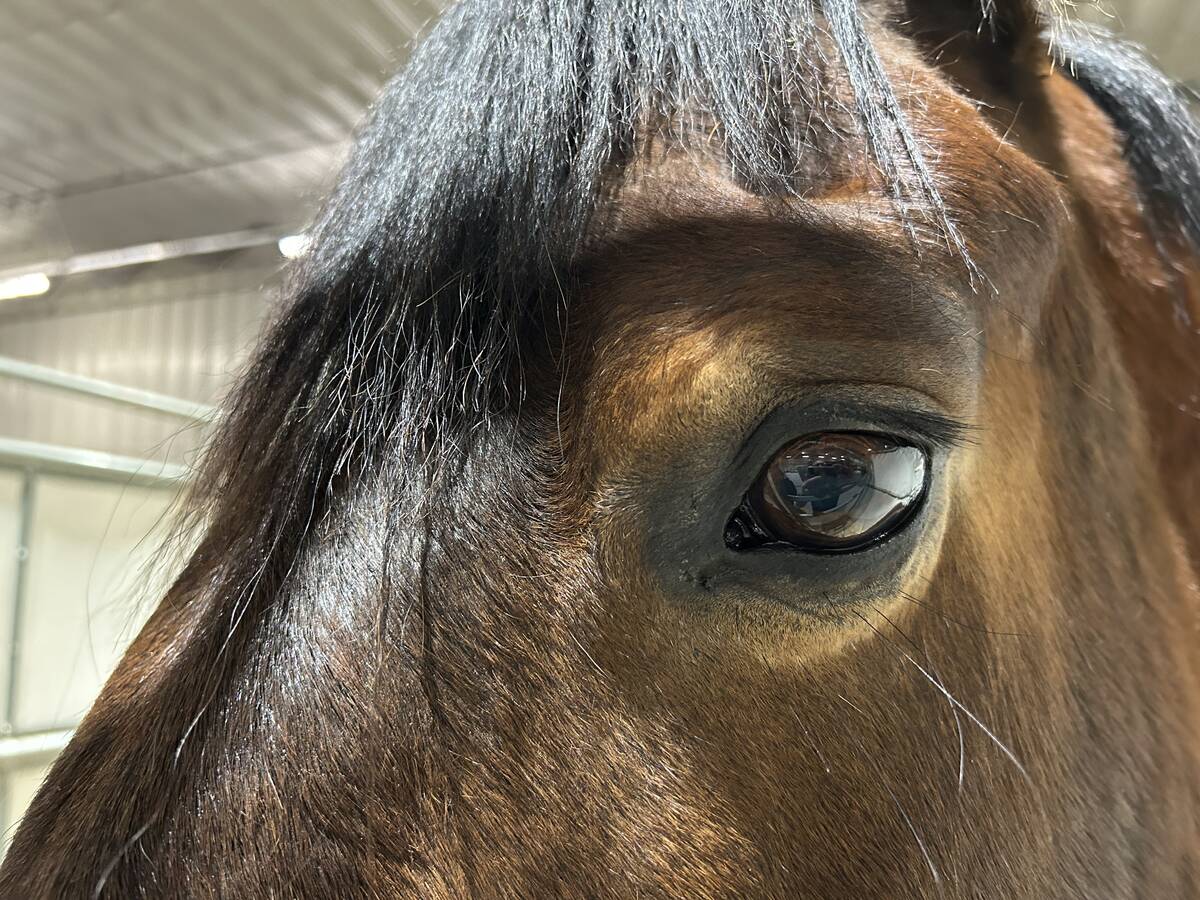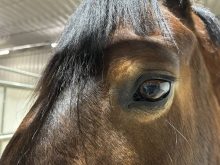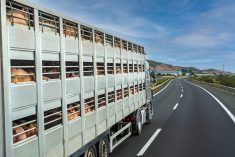In a bid to reduce Canada’s hog production, the federal government has moved its support from culling hogs to culling hog farms.
Speaking Saturday at Glenlea, Man., federal Agriculture Minister Gerry Ritz pledged $75 million for a hog farm transition program, which he said will allow farmers to tender bids for the level of funds they need to get out of the hog industry and stay out for at least three years.
That’s on top of a new $17 million International Pork Marketing Fund to operate through Canada Pork International, and a pledge to underwrite “long-term” loans from banks, credit unions and other agencies for remaining hog farms to restructure their operations.
Read Also

Equine herpes case confirmed at Moose Jaw Exhibition Company
The Moose Jaw Exhibition Company has been placed under quarantine, effective Dec. 22, due to a confirmed case of equine herpesvirus-1 (EHV-1) at the grounds.
The announcement was made at three separate events Saturday at the National Centre for Livestock and the Environment just south of Winnipeg; at former Canadian Pork Council (CPC) chairman Clare Schlegel’s farm at Stratford, Ont.; and at Quebec City. Specifics on the funding are expected in the “next few weeks,” the government said in a release.
“We know Canadian hog producers can become profitable again, but we have to face tough realities to make our pork industry lean and competitive,” Ritz said.
“Some operations simply aren’t viable any more and we are going to help them transition out of the industry and reduce production. Some operations need access to credit to weather the current economic storm and we are providing government-backed loans to help them restructure.”
Hog farmers, he said, “want to make their living in the marketplace and we’re investing in marketing to find new customers for Canadian pork and make our pork industry successful for the long term.”
Reduced exports
The CPC’s current chairman Jurgen Preugschas, a hog farmer from Mayerthorpe, Alta., said in a release that the council was pleased to see programs designed to provide “immediate help” to farmers.
“The impact of the world pandemic caused by the H1N1 virus has delayed the prospects for price recovery in hog markets,” he said in a council release Saturday.
The pandemic influenza strain H1N1, which originated in Mexico from a combination of swine, avian and human flu, is described by several major media organizations in the U.S. and Canada as “swine flu” on first reference, and has spurred several nations to block hog imports from countries where the virus has appeared in people.
H1N1 “is the latest blow to an industry that has faced serious challenges over the past few years, including high feed costs, high exchange rates and U.S. public policies,” Preugschas said, the latter an indirect reference to Washington’s mandatory country-of-origin labelling on imported meat or meat from imported livestock.
The Canadian Federation of Agriculture (CFA) on Saturday quoted Statistics Canada data as showing exports of live animals in June 2009 were 34.1 per cent lower than in June 2008, and live animal export was $402 million lower between January and June 2009 compared to the year-earlier period.
“As the transition plan is implemented, a leaner, greener and more innovative industry will emerge — one that is prepared to capitalize on both domestic and international opportunities,” Preugschas said.
“Quickly as possible”
CFA president and Quebec farmer Laurent Pellerin, who along with Preugschas was booked to attend Ritz’s announcement at Glenlea Saturday, said in a CFA release Saturday that Ottawa’s pledged programs “will go a long way in providing much need immediate assistance for many struggling hog producers.”
However, he said, “we need to keep in mind that the pork industry is unfortunately not out of the woods yet… We encourage the government to ensure the application and administration details are available to producers as quickly as possible.”
U.S. hog farmers are also expected to be watching closely for the details of the new programs for any suggestion of trade-distorting subsidies. The Washington, D.C.-based National Pork Producers Council said last month that it would keep “all options open” if Ottawa were to give Canadian hog producers programs that amount to a “cash bailout.”
What’s known so far about Ottawa’s plans for a Hog Farm Transition Program is that producers who agree to keep their barns out of production for a period of at least three years would be invited to bid for a place in the program.
“In exchange for a contract to keep barns empty and ensure that it was not used in any way in hog production for a period of three years, the producer would accept a negotiated amount, based on the annual productive capacity of the barn,” the government said Saturday.
“Bids would include a timeline for disposing of current herds. Administrators will accept bids based on cost impact and an orderly flow of animals to market.”
The International Pork Marketing Fund, meanwhile, is meant to fund Canada Pork International’s work on market development and activities and to help address pork exports lost to trade restrictions.
The marketing fund’s goal, the government said, is to undertake “strategic activities” to recover markets lost due to H1N1, to reposition for sales of “higher-valued” products, and to build markets, increase market access and “enhance export capacity in response to industry-identified needs.”
“Potential to maintain”
Lastly, the terms of the government backing for long-term restructuring loans will require lenders to “ensure that the borrower had a credible business plan, demonstrating potential to maintain a viable agricultural operation that will allow for repayment.”
The loans, the government said, would be first used to reimburse any outstanding Advance Payments Program (APP) emergency advances under Ottawa’s previously announced 2008 stay of default, if the borrowing farmer holds such an advance.
Additional funds to be guaranteed by the government could be used to address liquidity issues or make investments required to achieve long-term profitability.
The loan program’s “overall parameters” are to be negotiated with stakeholders and lending organizations, the government said.















